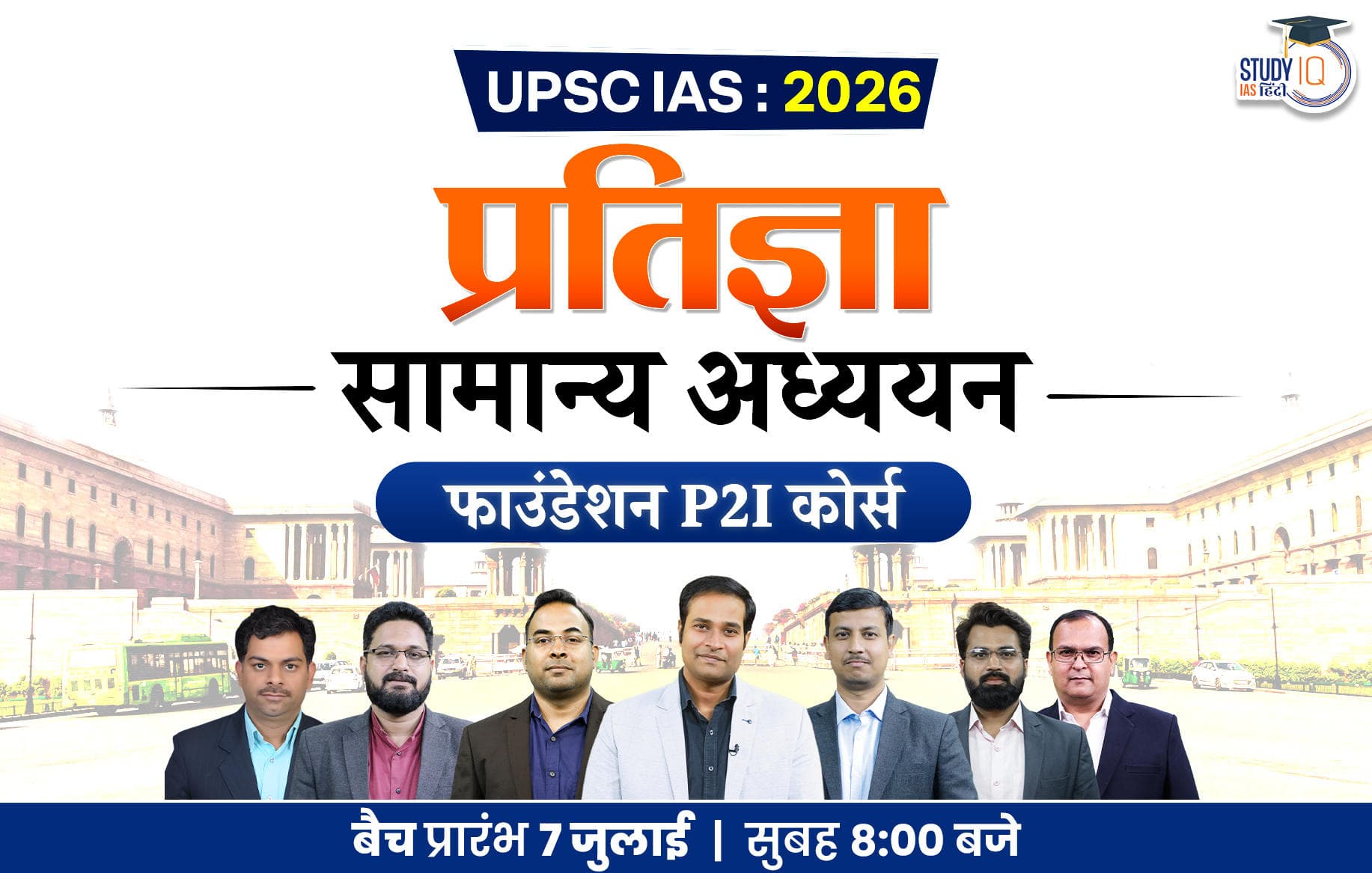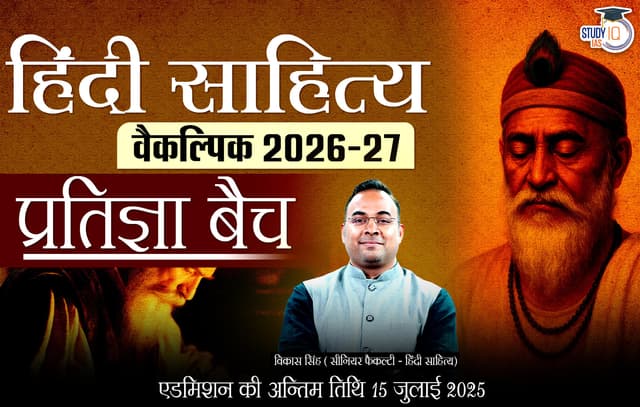Table of Contents
What Is Wealth Tax?
- It refers to a type of direct tax imposed on the net wealth or assets owned by an individual, Hindu Undivided Family (HUF), or company.
- It is based on the value of certain assets owned as of a specific valuation date.
- India had a wealth tax system under the Wealth Tax Act, 1957.
- However, the government abolished it in 2016, due to low revenue collection (collections were less than 1% of the gross tax collections) and high administrative costs.
| Global Models of Wealth Taxation |
|
Arguments for Introducing Wealth Tax in India
- Increased Public Spending: Essential to meet the minimum requirements for delivering social and economic rights, such as access to nutritious food, quality healthcare, education, housing, and amenities like electricity and fuel.
- Crucial for public investments to help vulnerable populations adapt to climate change and enable a green transition.
- Addressing Inequalities: India is among the most unequal countries globally in terms of income and wealth distribution.
- g., In India, the top 1% controls over 40% of the nation’s total wealth (World Inequality Report).
- Economic Benefits: Extreme inequality hinders mass consumption demand, deterring private investment and slowing economic dynamism.
- Fair taxation of the rich could mobilize resources to stimulate demand and investments.
- Progressive Fiscal Policy: India’s tax-to-GDP ratio is low compared to other middle-income and G20 countries.
- The current tax system is regressive, disproportionately burdening the poor and middle classes through indirect taxes while benefiting the wealthy.
- Global Precedents and Coordination: The G20 Summit emphasized the need for effectively taxing ultra-high-net-worth individuals (UHNWIs).
- Global proposals, like the 2% annual minimum tax on billionaires’ wealth, aim to curb tax avoidance and ensure fairness.
- Technological Feasibility: Increased digitization of financial records and tracking mechanisms (e.g., for real estate ownership) makes wealth taxation administratively feasible in India.
- Global agreements on exchanging financial and tax information support implementation.
- Deterring Capital Flight: Countries like Colombia tax wealth regardless of where it is held, and nations like the US and France impose exit taxes to prevent capital flight.
- Similar measures can mitigate concerns about the rich shifting wealth abroad.
- Revenue Generation: Fair taxation of the wealthy would generate significant revenue, enabling the government to address inequalities and fund critical public services and infrastructure.
- Moral and Social Justification: Taxing the rich fairly ensures they contribute to the economy just as other income groups do.
- This can reduce the widening economic gap and promote greater social harmony and political stability.
- International Viability: Global efforts to implement a minimum wealth tax, supported by financial information-sharing agreements, make it easier to coordinate and enforce wealth taxation in India.
Arguments Against Introducing Wealth Tax in India
- Questionable Claims on Inequality: Piketty asserts that India has the second-highest income inequality globally, but critics argue this is unfounded due to the lack of an official income distribution survey in India, making it difficult to validate such claims.
- Already High Tax-to-GDP Ratio: Contrary to Piketty’s assertion of a 13% tax-to-GDP ratio, recent data (2019-20) shows India’s tax-to-GDP ratio at 16.7%, higher than predicted values for countries with similar economic structures.
- In 2023, this ratio is estimated to have reached 18-19%, which is higher than countries like China (16%) and Vietnam (13.3%).
- Redistribution Claims Lack Nuance: The suggestion that taxing the rich more will automatically lead to higher growth through redistribution oversimplifies complex economic dynamics.
- Growth requires multiple factors, such as infrastructure development, investment incentives, and institutional reforms, not merely wealth redistribution.
- Limited Revenue from Wealth Tax: A 2% wealth tax would only raise revenue equivalent to 0.5% of GDP, which is unlikely to make a significant impact on redistribution or public spending.
- The administrative costs and challenges of implementing a wealth tax may outweigh the benefits.
- Piketty’s Approach Relies on Outdated Data: Many researchers, including Piketty, continue to use central tax collection data, which underestimates India’s total tax-to-GDP ratio by ignoring state and local tax collections.
- Updated data from the IMF and World Bank reveals a more favorable tax-to-GDP performance for India than Piketty’s analysis suggests.
- Potential Disincentives for Investment: High taxation on the wealthy may deter entrepreneurship and investment, impacting overall economic dynamism.
- It could also lead to capital flight, as wealthy individuals may move their assets abroad to avoid higher taxes.
- Need for Broader Policy Framework: Focusing solely on wealth taxation ignores other critical areas like improving public service delivery, reducing tax evasion, and enhancing administrative efficiency.
- Economic growth and social equity require a combination of structural reforms and targeted policy interventions, not just increased taxation on the rich.


 What is Visible and Invisible Trade with...
What is Visible and Invisible Trade with...
 Chemical Industry in India: Powering Ind...
Chemical Industry in India: Powering Ind...
 Dynamic Pricing: What It Is and Why It's...
Dynamic Pricing: What It Is and Why It's...





















